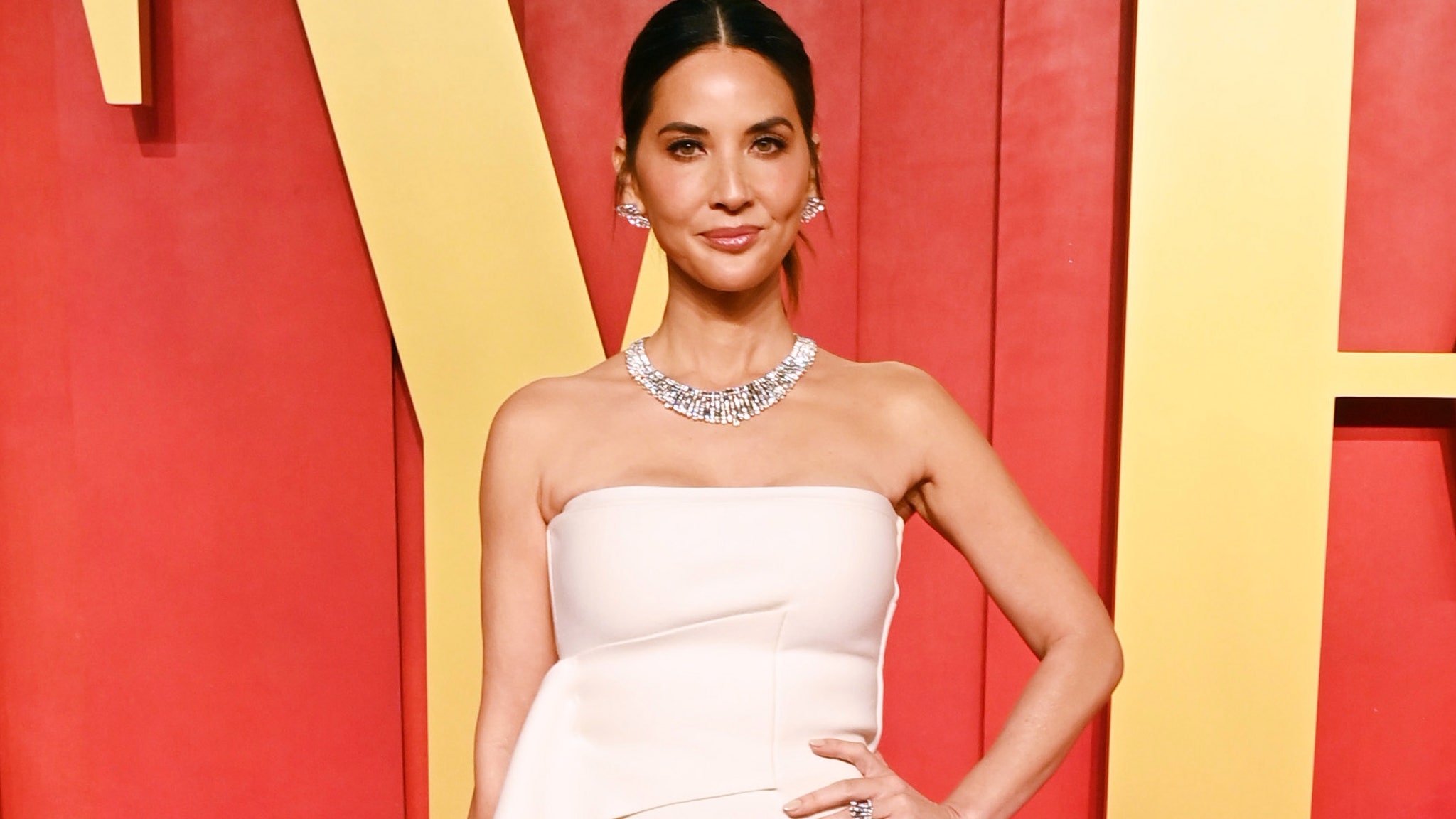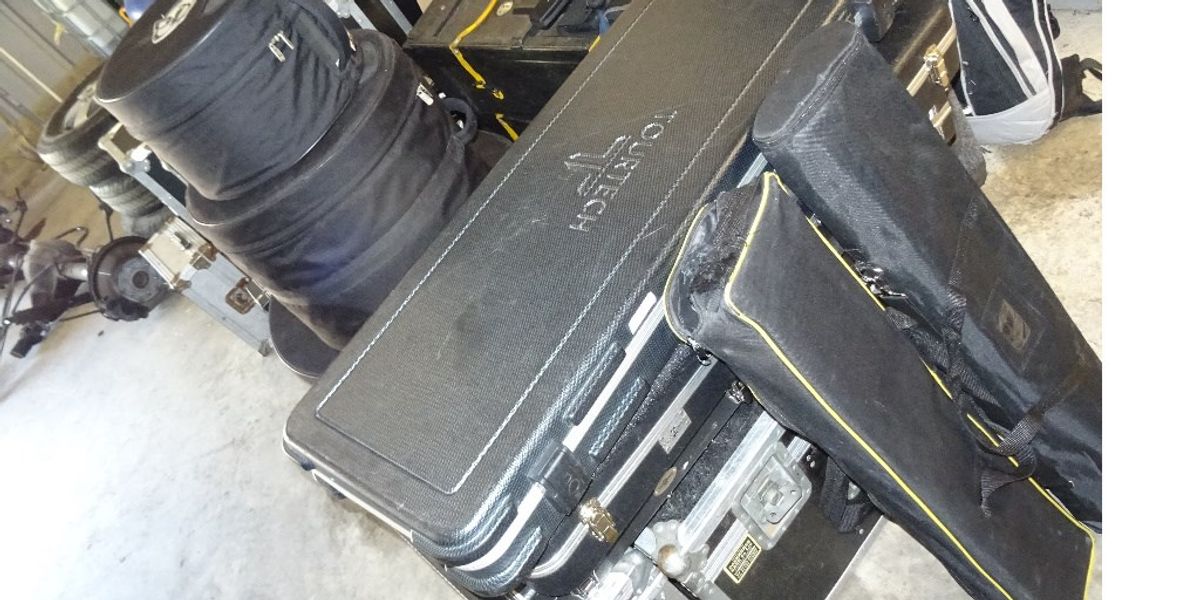
Streaming Ads Poised to Shatter Routines at TV’s Upfront
The industry hasn’t gathered for in-person TV upfront presentations since 2019, and so much has changed — including the ways that Madison Avenue heavyweights are spending their money.
Billions of dollars are at stake during the upfront sales process, a period when big marketers such as Apple, McDonald’s and Procter & Gamble reserve TV spots in hopes of locking down lower prices. And this year’s scramble for ad dollars is likely to be more intense, complex and confusing than anything in recent memory — even the 2007 session when networks changed how they measured audiences who were using DVRs. Madison Avenue’s attention is pivoting to ad-supported streaming, thanks in part to new commercial-supported tiers of HBO Max; the expected debut of an ad-supported version of Disney+; and the hope that Netflix will in coming months follow through on recent executive comments and start to sell an ad-supported tier.
Never have the TV networks faced such an array of new-tech rivals. Some of them, like Hulu, Tubi, Peacock and Paramount+, are their own creations, and help broaden networks’ respective portfolios. But others are new entrants with growing power.
“Marketers have learned that they can get by with some of their television dollars going elsewhere,” says one media-buying executive.
Indeed, a big chunk of the advertising sold during television’s biggest market won’t be showing up on TV. As TV ratings erode due to new digital competition, the networks have been scrambling to hike the rates of traditional video while pushing more volume to streaming.
Already, HBO Max, now part of Warner Bros. Discovery, is selling ads that roll before some HBO movies. NBCU’s Peacock recently offered to sell new “frame ads” that surround a streaming program with a commercial message. The traditional outlets aren’t the only ones eager to sell streaming ad formats. A host of new-tech rivals also have broadband bits to sell. Amazon, for example, will pair Twitch creators with commercials, and wants new ad money for its streaming version of “Thursday Night Football.” Roku has original programs to sell. And TikTok said last week it would carve out a new premium tier of content for advertising.
Money has already moved. Based on conversations with media buyers and other executives, Variety estimates NBC, ABC, CBS, Fox and The CW secured between $8.2 billion and $10.1 billion for their 2021-22 primetime schedules, compared with between $9.6 billion and $10.8 billion for primetime for 2019-20. In other words, primetime volume may have slumped between 6.5% and 14% from what the networks nabbed in that prior cycle, the last before the coronavirus pandemic affected TV production and sports broadcasting. (Variety estimates the networks secured between $8.2 billion and $9.8 billion for their 2020-21 programs.)
“In the end, linear viewing appears headed to a world of ‘live’ programming while almost every other genre is served on demand,” says Michael Nathanson, an independent media analyst, in a recent research note.
There may be other hiccups. Automotive advertising is one of TV’s biggest commercial categories, but supply-chain issues related to the pandemic have caused car companies to throttle back on production. Fewer vehicles to sell means fewer ads required to sell them. TV executives say they expect a raft of big car launches in 2023, which will require the automotive companies to reserve time quickly, rather than waiting until the last minute.
Big auto sponsors have also grown choosy. Consider the case of General Motors, which plunked down millions to hype electric vehicles in NBC’s Super Bowl but pulled out of ABC’s Oscars, where it had been a regular sponsor. Media buyers say new ad dollars may come from sports-betting companies as well as mainstay pharmaceutical advertisers, which need to run longer-form ads to explain their various pills and medications.
And all eyes will be on the newly merged Warner Bros. Discovery to see how the company will talk to advertisers now that it has Warner properties like TNT and HBO Max under its corporate belt. WBD is taking over the Wednesday morning spot WarnerMedia has held for years during Upfront Week at its traditional perch at Madison Square Garden. But how will ad sales chief Jon Steinlauf sell so much inventory? How will he mix the cooking shows and kooky unscripted fare for which Discovery is known with the glitzier Warner properties? And how much will it all cost? Steinlauf offered some hints earlier this week when he told Variety about a package of shows culled from across the WBD portfolio — including sports — offered a lower rate hike than some broadcast fare.
No matter how big some of the TV companies have become, there is little question that many advertisers have loosened their ties to traditional TV. Amid declining ratings, networks have fewer impressions to sell, and clients are growing increasingly comfortable buying video in nontraditional venues, which often cost less per ad unit. Look for the networks to try to keep important sponsors on TV by offering new kinds of flexibility in ad deals during the upfront process.
To keep ad dollars flowing, TV networks won’t just have to keep putting up can’t-miss dramas and comedies and big sports events. They will have to think outside the box — including the one that houses the traditional TV screen to which everyone was once so tightly tethered.

































































